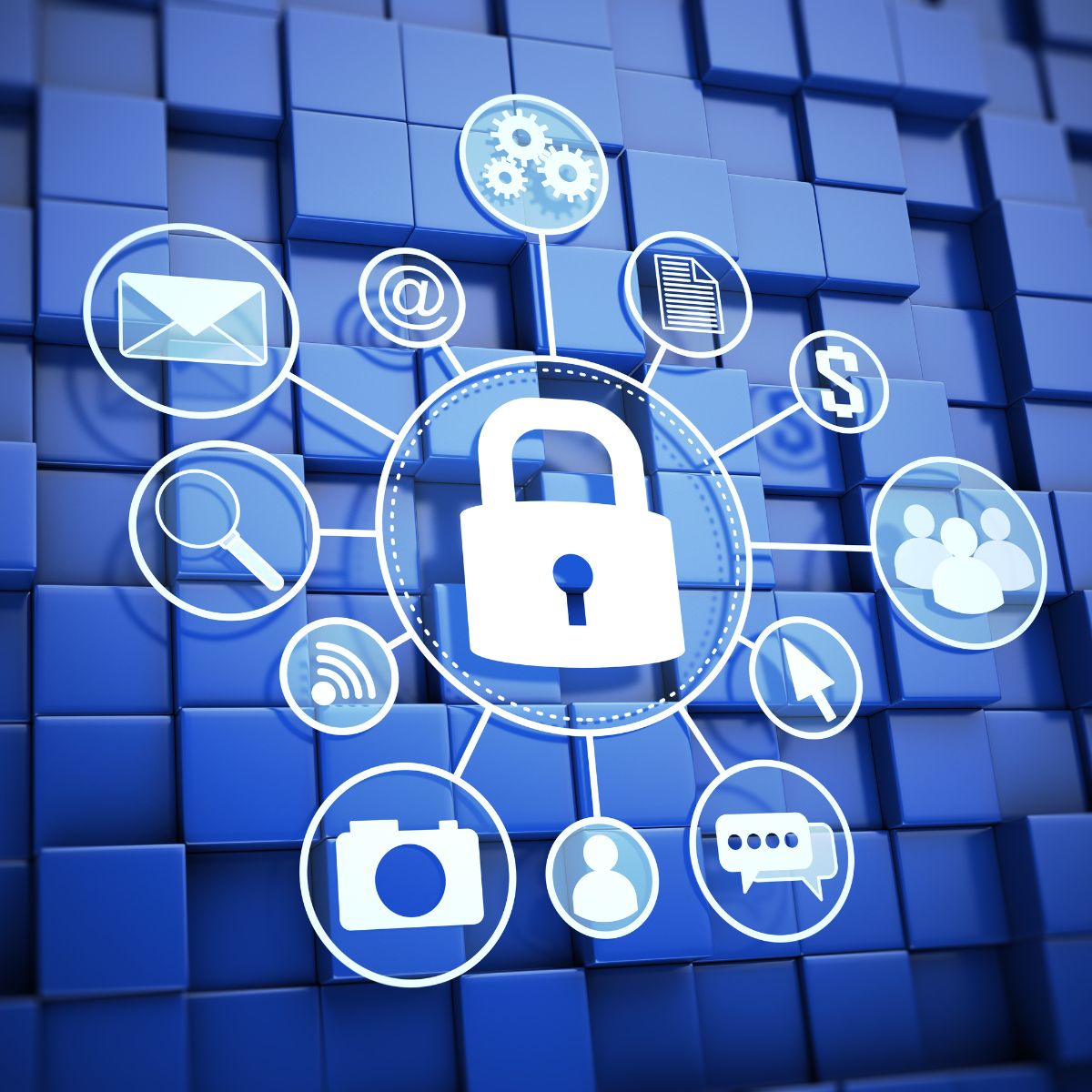What is a lone worker protection
Lone worker protection for hospitals and healthcare professionals is a type of workplace safety system that helps to ensure the safety and security of those working in a variety of healthcare settings. This includes medical and mental health professionals, as well as nurses, doctors and other staff who may work in isolated or potentially dangerous environments.
Lone worker protection systems can involve a range of measures such as physical security systems, personal alarms, tracking indoor positioning technology and additional training for staff on how to identify and manage risks associated with lone work. Lone worker protection systems are designed to help protect healthcare professionals who may be at risk when alone in an environment. This could include anything from long-term care facilities to private practices or even home-based care services. In these cases where there is no one else available to provide immediate help if needed, it’s important that lone workers have access to appropriate measures which can help them remain safe if they find themselves in an unsafe situation.
Indoor and outdoor positioning technology is an increasingly popular form of lone worker protection system used by many organizations today. This type of system involves fitting healthcare staff with a specific device (or devices, smartphones) which allows their whereabouts to be tracked remotely by management or other members of the team. These devices can also be programmed with certain emergency protocols so that if the user feels they are in danger they can set off an alarm or alert someone else nearby for assistance. In addition to tracking technology, some organisations choose to equip their lone workers with personal alarms which allow them to quickly call for help should they feel threatened or need assistance. For example, this could be a wearable device (like a watch) which has either a direct line through to emergency services or another team member who can respond quickly if needed.
It is important that employees understand how these alarms work in case they ever need them – regular training should be provided on this matter so everyone understands how best use them should the need arise. Finally, providing additional training for staff on how to identify and manage risks associated with lone working will also play a key role in helping keep healthcare professionals safe whilst at work. This could include teaching employees about potential hazards and how identify any suspicious behaviour; educating them on their legal rights; as well as understanding different strategies for managing difficult situations including de-escalation techniques when dealing with challenging individuals or circumstances. Important to note that hospitals are a crucial part of the medical landscape and can often be bustling places of activity.
However, with so many personnel and patients onsite at any one time, there may be occasions where lone workers may need to perform specific tasks alone. A good safety system should ensure that these isolated workers are adequately protected while carrying out their duties.
Here are 5 situations in which hospitals may require lone worker protection:
Late-night shifts
Nightshift workers often find themselves alone in the hospital after hours when the majority of other staff have gone home. This can leave them particularly vulnerable in the event of an emergency or unexpected knock on the door.
Lone worker protection systems provide an extra layer of security for those working during these times, preventing unauthorised entry into areas or alerting staff if something is amiss.
Maintenance workers
Hospitals require regular maintenance and repair work to function smoothly and safely, but this kind of work can often place lone workers at risk without adequate precautions in place.
For example, when a single contractor has to access a high-risk area such as an operating theater or electrical room, facilities must have a system for monitoring their safety and communication status during the job.
Interaction with dangerous patients
Whether it’s restraining a violent patient or providing first-aid to someone with a contagious illness, some hospital staff will sometimes find themselves having to interact with patients who pose a potential threat to their health or well-being.
In these cases, it’s essential that appropriate measures are in place so that help can be quickly summoned should things go wrong.
Isolation wards
Medical isolation wards can provide necessary rest and treatment for contagious diseases or conditions that require full containment measures such as those used during an outbreak. But they also present unique hazards to lone workers due to the potential exposure risks involved when entering highly contaminated areas without adequate protective gear or training.
Lone worker protection systems allow staff entering isolation units to remain connected and alert colleagues if anything is wrong during their shift inside the ward.
Vulnerable patients
Emergencies can happen anywhere at any time – including within hospital rooms, showers or other places – so response times are critical for ensuring both patient safety and successful outcomes for medical interventions carried out by members of staff working alone on site at any given moment in time.
There are many vulnerable patients, who may need help in very specific circumstances (they may not be allowed to leave the room alone, they may have a problem while taking a shower and many other problems), so it is extremely important to follow the patients and personnel working with them at all times.
Lone worker protection for nurses and doctors
Lone worker protection is an important issue for nurses and doctors. The risks of working alone, especially in medical settings, can be great and should not be taken lightly. Nurses and doctors often work in isolated areas with limited access to resources, which leaves them vulnerable to potential attacks from violent patients or other sources. To protect themselves from these risks, it is important that they have the right lone worker protection measures in place. One of the most effective ways to protect lone workers is through the implementation of personal safety alarms.
These alarms allow a nurse or doctor to quickly alert authorities in the event of an emergency or suspicious activity. In addition, these alarms can also be used as a deterrent as potential attackers may be deterred by the sound of a loud alarm ringing out in an area where no one else is present. Other ways to ensure that lone workers are protected include providing them with extensive training on workplace safety policies and procedures, regularly monitoring their work environment, using locked doors and windows, having proper lighting around their work area, and establishing regular communication protocols with the hospital’s security staff.
Additionally, employers should consider investing in new technologies such as GPS tracking devices for outdoor positioning and Bluetooth technology for indoor positioning; and facial recognition systems that can help identify any potential threats before they occur. Lone worker protection is essential for both nurses and doctors who often find themselves working alone in dangerous environments.
It is important for employers to take necessary steps to protect their employees as well as provide them with tools that will help keep them safe while on the job. By implementing these protections, hospitals can ensure that their employees stay safe and healthy while at work.
Benefits of lone worker protection for healthcare institutions
The safety and security of lone workers are essential components of any workplace environment. Implementing a lone worker protection program can provide a number of benefits for both employers and employees. Here are five key benefits that employers should consider when contemplating the implementation of such a program:
Increased Productivity
Well-protected lone workers can be more productive, since they feel safer and therefore have greater job satisfaction. This in turn leads to improved morale, higher motivation, and increased production levels.
By investing in systems that enable them to stay connected and easily raise an alarm if they encounter problems while working alone, employers can ensure that their employees remain safe while still doing their jobs effectively.
Enhanced Safety & Security
Providing access to safety features such as panic alarms or indoor and outdoor positioning, can give supervisors peace of mind, knowing their employees are protected while on the job. Additionally, these devices often include an automated response system that dispatches help when an employee needs it most.
This is especially useful in hazardous workplaces where there is always the potential for danger.
Improved Compliance
Companies are required to comply with occupational health regulations and industry standards on how to protect lone workers from harm or injury.
With the use of lone worker protection systems, businesses can ensure they meet all governmental requirements regarding safety in the work environment. This helps prevent costly fines for non-compliance and keeps everyone safe at work.
Reduced Liability Risk
Organizations that protect their employees from harm face less risk in case of accidents or injuries due to negligence. Lone worker protection systems help employers identify potential hazards before they affect anyone’s health or safety, reducing the chances of being held liable if something were to happen to an employee while working alone.
Patients security
Having a comprehensive lone worker protection program demonstrates commitment and dedication towards patients welfare which reflects positively on all included parts: patients relatives, patients themselves, personnel, etc.
While assuring the best possible security for your own patients, you will be able to maintain high standards in your institution.
New Voice experience in lone worker protection for healthcare professionals
In more than 30 years we have implemented multiple lone worker protection projects including indoor and outdoor positioning solutions, nurse call systems, personal alarms and so much more. We can integrate new lone worker protections solutions into your existing security infrastructure or customize and install a completely new system which will assure the highest safety standards for your employees.
Recently we have installed more than 1500 beacons system in EPI clinic in Zürich, which provides the top notch indoor and outdoor positioning tracking infrastracture for the safety of staff members and patients.
Read more: EPI lone worker protection
With our advanced lone worker protection solutions, you can ensure that your employees are well-protected in any situation and have access to emergency services when needed. We also offer 24/7 monitoring to keep track of all activities within the premises. Our products provide real-time tracking, alerting capabilities and data safety.
If you have any questions regarding lone worker protection for your healthcare institution, we would be more than happy to help.








